What Was Street Style? Pt. 2
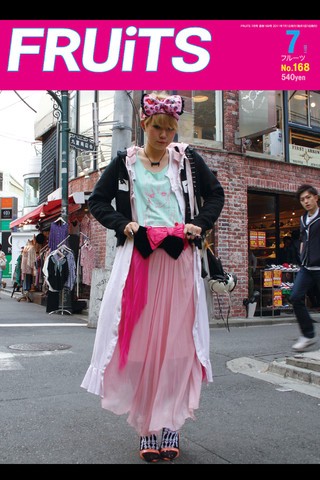
“It isn’t good because you like it,” Suzy Menkes wrote in her 2013 T magazine article “The Circus of Fashion,” describing a rule she was taught when she first starting writing about fashion. “You like it because it’s good.”
By the same measure, it isn’t bad because you don’t like it; you don’t like it because it’s bad. That is…a fascinating way of evaluating taste! And I don’t like it. I think that sentiment is bad. More than bad, I think it’s wrong, and flawed, and since I threw together a silly little post on Friday about street style clichés I’ve realized that sentiment has a lot to do with why, for all intents and purposes, contemporary street style is currently dead, and what would revive it.
So, as I was saying on Friday, between 2009 and 2013 there was a real moment for Street Style, when amateur bloggers like Tommy Ton and Scott Schuman (lol) became their own kind of attraction for editors entering and exiting fashion shows. Fashion editors who had previously been more or less behind the scenes developed their own kind of minor celebrity. I’m thinking specifically of Kate Lanphear, Emmanuelle Alt, and Anna Dello Russo, although this technically applies to fashion editors who were already somewhat famous, like Grace Coddington and Carine Roitfeld. They were lauded for either having a consistent personal style, like Lanphear’s short bleached hair and ripped t-shirts, or for embracing a wildly erratic approach to fashion that balanced somewhere between trend and costume, as with Dello Russo, who once said she planned multiple outfit changes for a single day of attending fashion shows just to give the photographers something new to photograph.
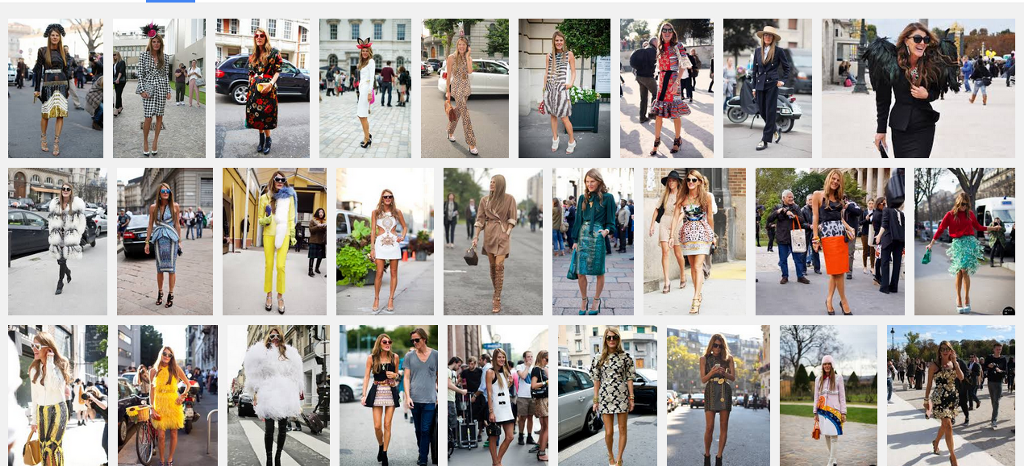
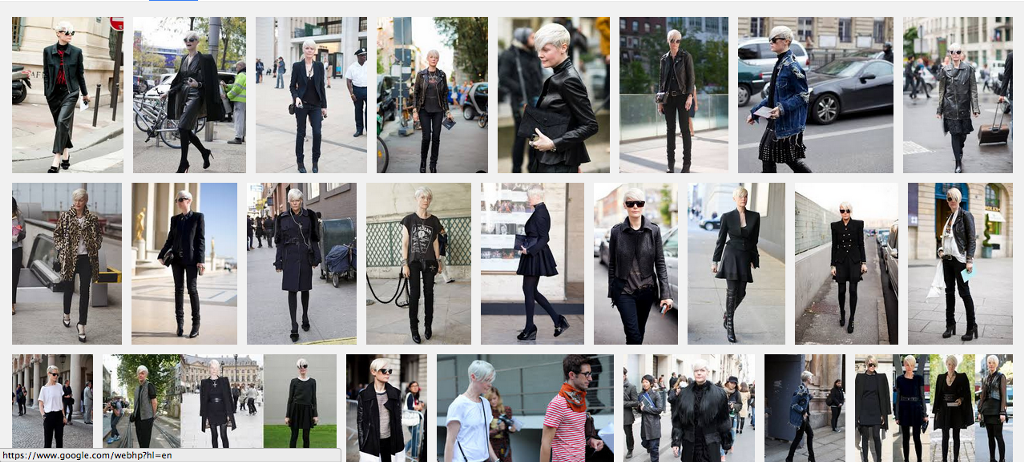
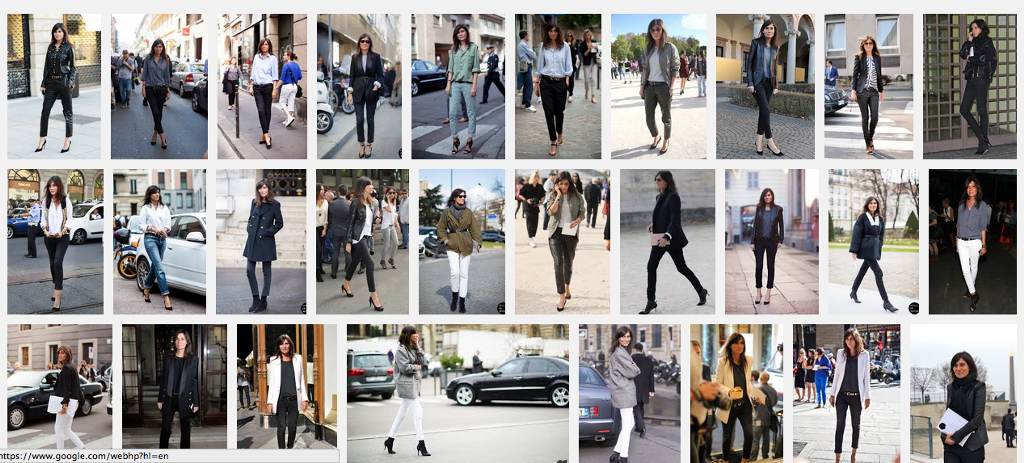
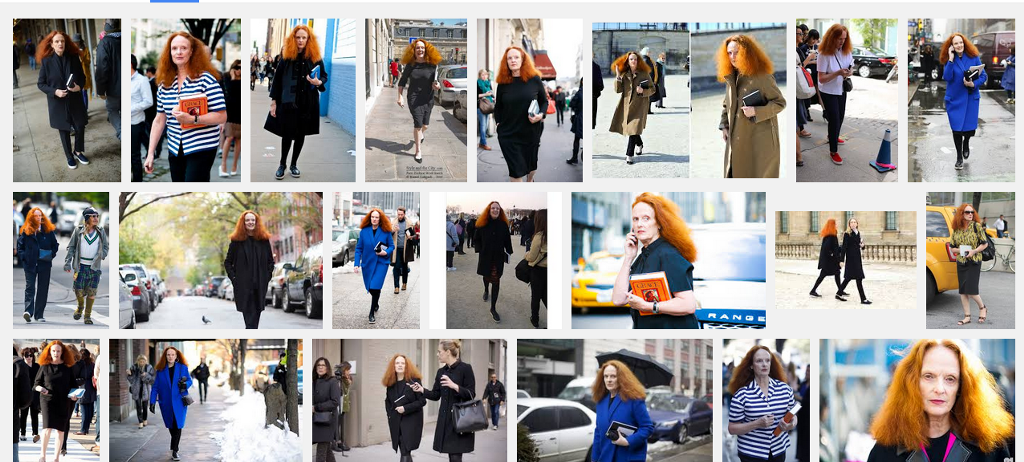
From top to bottom: Dello Russo, Lanphear, Alt, Coddington.
This moment in street style occupied a very particular point on a very long timeline. Street style is, and has been for hundreds of years, the combination of easily identifiable aesthetic subcultures and the technologies necessary to produce and circulate still or moving images. That’s…all!! At the turn of the century, this meant cartoons of the flâneurs in newspapers. Photographs of flappers, teddy boys, teddy girls, mods, hippies, British punks, and American punks are some of the go-to references for the contemporary Western world’s understanding of street style movements in the 20th century; Harajuku girls and and Lolita goths were two of the popular and easily identifiable trends from Japanese street style.





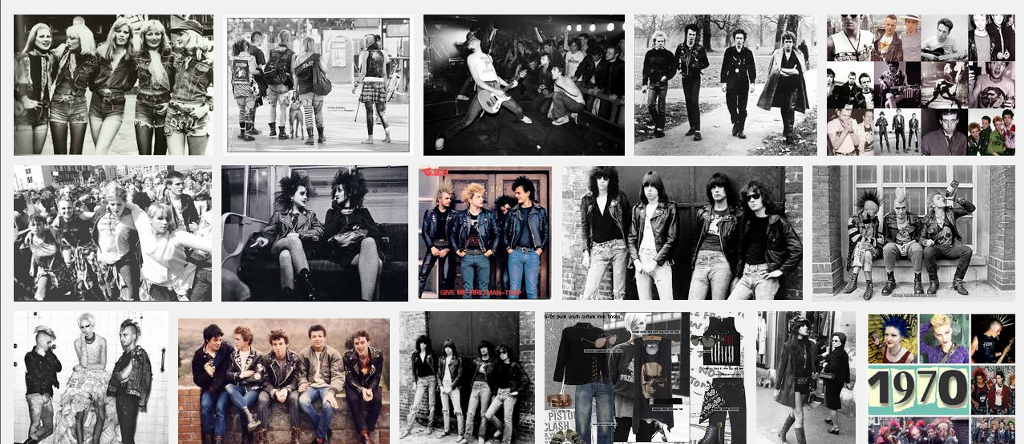
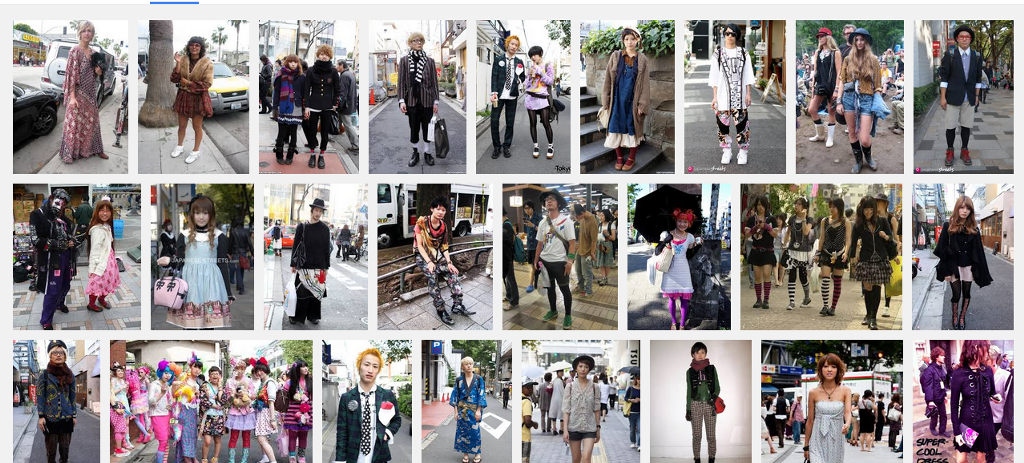
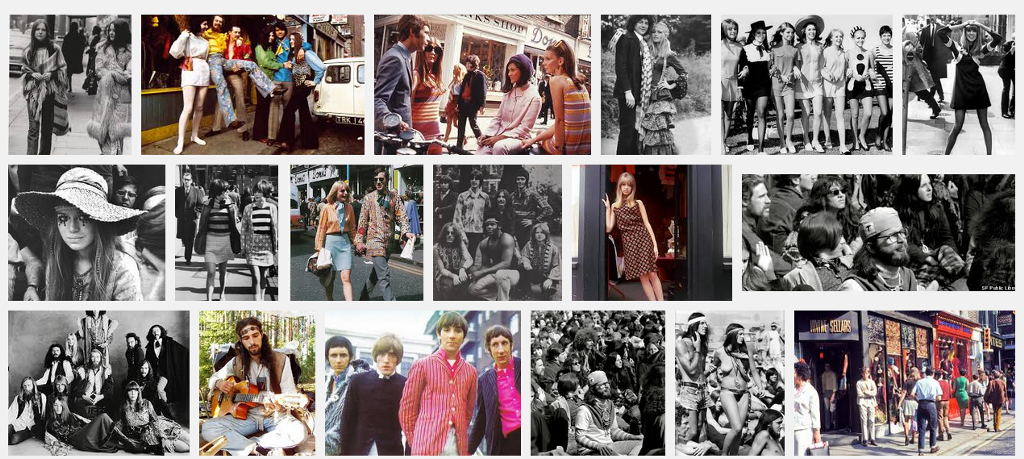
The street style photographers who began hovering outside of fashion shows in the early years of the 21st century were attempting to identify and categorize a new kind of street-based style subculture: “the fashion insider.”
Around that time, the return of celebrities to magazine covers, after years of supermodels, was seen as a triumph of the form; people wanted to read about hot women who said and did stuff, instead of hot women who just posed like they were doing stuff! But the triumph was short lived: the trend soured — which happened to coincide with declining newsstand sales — and a need developed for a public figure who could occupy the space between model and celeb. Conventionally attractive, poised, well-groomed, constantly dressed in impeccable outfits, and they had good jobs: fashion editors were, in their frozen poses prominently displayed on Blogspots and Tumblrs, the perfect hybrid of qualities that make a woman a very, very desirable mannequin.
The best fashion editors — and by that I mean THE best fashion editor, the woman I will critique and yet stan for until the day I die, Anna Wintour — saw that this was a prime opportunity for a complete brand makeover of the people and jobs within the fashion industry. I once heard a rumor that the day The Devil Wears Prada was published every staffer at Vogue received a copy on their desk; there’s also the claim that Wintour remodelled her office because Lauren Weisburger’s art was a little too close to her life, as well as my favorite, that Wintour wore Prada to the film premiere.
These whispers signaled a change in the wind. Wintour couldn’t be an icy, untouchable queen on Conde Nast’s publishing pedestal if she wanted to retain her power. She had to become human, approachable, and — ugh — likeable, or risk losing her impressively steel grip on the entire American mainstream fashion industry. In other words, she would have to start playing herself.
In May 2009, she appeared on 60 Minutes, and even in the face of Morley Safer’s unbearable condescension, she was great:
From there, an entire documentary on Anna Wintour and her relationship with creative editor Grace Coddington seemed like a natural step. The September Issue came out in September 2009.
This is when, I think, either consciously or unconsciously, the other players began to realize they had the opportunity to become their own best form of advertising. They already had the power to dictate what kind of pants average people would wear approximately eight months from their appearance on the runway; now they could be seen as cool, desirable, worthy of personal and professional envy. When there are no celebrities or models left to burn, set your Paris Fashion Week outfit on fire, or whatever.
The street style photographer most often invoked as the real, original source for the trend is Bill Cunningham. By all accounts, Cunningham is an excellent photographer with lovely, generous taste that rewards both trends and individual style, as well as a very nice person. As the demand for more information about the people behind the cameras increased, he became the subject of his own documentary, Bill Cunningham New York, in March 2011.
I’m crying a little remembering how much I love this movie.
ANYWAY, as Harold Koda correctly points out, Cunningham first starting taking photos right when the official street style era began, the early to mid-1960s. However, I do think it’s important to note that this is not when street style began as a point of reference, a field of cultural study, or a sociological investigation; there were, as I noted above, people doing that in newspapers and magazines or even just in conversation long before it became a mainstay of fashion journalism. It was just, I think, not as explicitly tied to fashion. The way flâneurs and flappers dressed was proof of their association with a larger cultural movement; the clothes were just part of the package. When The New York Times and Vogue began photographing exceptionally stylish men and women to sell back to their readers as models for dressing and shopping, they were ensuring the survival of fashion designers (a whole new crowd of people to mine for reference!), fashion retailers (a whole new form of free advertising!), and most importantly, themselves (a whole new crowd of people to devote space to either online or in print!).
But, like all fashion trends, street style soon became a hollow and predictable shell of its former self. In September 2011, Amy Odell published “Ten Rules For Getting Shot By Street Style Photographers” on The Cut, and showed that for all the highbrow talk about celebrating “personal style” and “the way REAL people dress,” the existing crop of street style photographers were basically Pavlovian dogs trained to snap at the sight of a Miu Miu bootie, a bright lipstick, and, a tall, white, skinny woman.
By 2012, most people were openly criticizing the over-saturation of the field. In May 2012, Phil Oh (also known as Street Peeper, currently the street style photographer for Vogue Runway), told Refinery29 what the average scene outside of a fashion show looked like:
“So there’s me, Tommy, Bill, Scott, Garance, Nam, Geraldine, Hanneli, Eddie, Vanessa, Candice, Jason, Guerre, Rei, Tamu, Yvan, Joris, his Canadian friend, Kristin, Vicky, the Irish one who gives me cigarettes, the Korean boy who got mugged in Milan, Stylesight, Adam, Koo, Wataru, the other Japanese guy, creepy modelizer, old creepy modelizer, older creepier modelizer, modelizer with the terrifying teeth, Marcy, Shini, Yu, long-hair Vogue Nippon guy, Lee, tiny Japanese lady, other tiny Japanese lady, and the other other tiny Japanese lady. These are just the ones I can name off the top of my head.”
That is…a lot of camera flash for, arguably, very few people!!
Racked, as well, had a good comprehensive timeline. Perhaps the best explanation for how and why the 21st century street style trend went sour came from Brent Luvaas, the anthropologist who runs Urban Fieldnotes. In 2014 he told The Guardian that the problem was:
Street style used to be about documenting real fashion — it was meant to be alternative to magazine fashion. But then it started to require shooting the kinds of people the readers of fashion publications were interested in, and that turned out to be more the insiders than everyday people…The great thing about street-style blogs is that you have an archive of fashion for the past 10 years that isn’t solely editorial based. However, what is apparent is that since 2009, if you search for street style, all that comes up is fashion week.
I’m always amazed and horrified by the way the fashion industry can invent a trend, sell the trend, launch or destroy careers on the backs of said trend, annihilate trends that do not perfectly align with the newly invented trend, and then kill that trend at the height of its mainstream adoption in order to introduce a new trend, all in the service of selling, sure, magazines, or pants, or purses, but really in the service of maximizing the profit inherent in an idea. There is more money to be made by placing a commodity juuuuuusttt out of reach and then selling a very long stick for the average person to swipe it with, and then, right at the last moment, knocking it off the shelf to replace it with something new.
But the reason 21st century street style was such a telling capsule moment for fashion history is because it was, I think, a time when the fashion industry became the snake eating its own tail. Even they couldn’t sell their way out of the problem they’d created. You can’t, as a fashion editor, embody complete power and certainty in your professional aesthetic choices while also offering up your own aesthetic choices for mass consumption; embodying trends is the fastest way to get yourself knocked off that fashion shelf. Otherwise, people might start to clue in to the fallible nature of our trusted representatives in the field of fashion journalism — that they are not objective arbiters of creative expression, but instead just people directing the billion-dollar flow of the fashion economy based on, as Menkes says, the justification of their own taste and priorities. Street style was good when fashion editors liked it, and then it was bad when they grew bored with it, and that was that!
So, like, what now? Where will street style return, and under what circumstances? I am inclined to point to the simplest answer: we’ll grow weary of the current version of the trend, the Instagram accounts devoted to the outfits of our most beautiful celebrities and other fashionable public figures, and someone will be so bold as to turn their iPhone camera outwards, and we’ll marvel at the critical distance between an eye on the street and the focus of their attention, and the whole cycle will start up again. But maybe not!! Maybe there is some kind of fashion subculture brewing in our current perfect storm of political upheaval, environmental instability, and economic uncertainty; maybe there’s a way to get dressed without simply confirming or railing against existing standards. Maybe the next great moment in fashion history will be allowing ourselves to say we think something is good just because we like it.